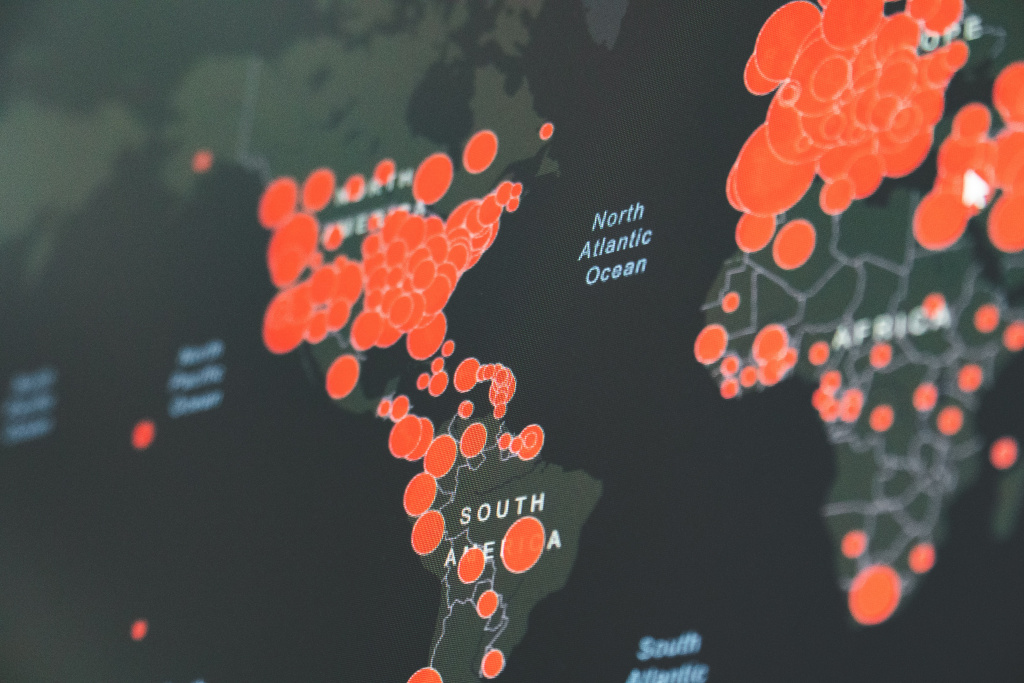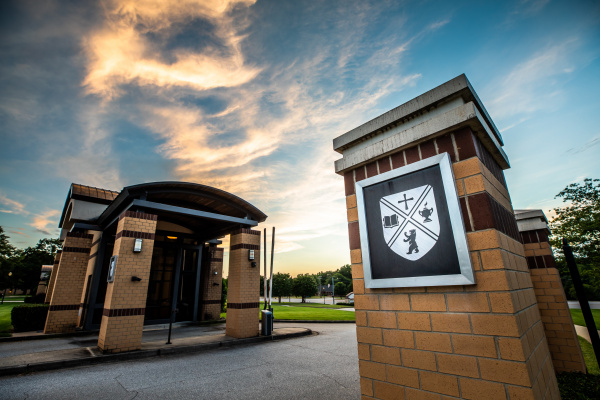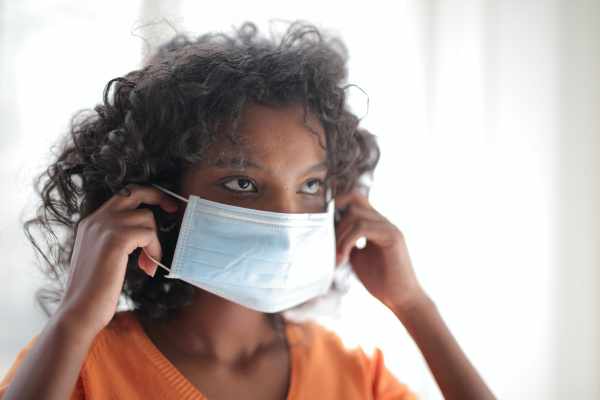Cases of COVID-19 have been confirmed in nearly every country in the world. Cases have risen rapidly and dramatically on every continent in the last month. South America is no exception.
The first case of COVID-19 in South America was a Brazilian man who returned from traveling to Italy on February 21. Since then, the number of cases in Brazil reached 12,056 as of April 8. Latin America as a whole had 37,406 cases and 1,407 deaths as of April 8, equating to a mortality rate of 3.76%. This rate is above the mortality rate seen as an average across the globe.
Of all the South American nations, Brazil has the most cases by far with over twice as many cases as Chile, the nation with the second-highest number. However, Brazil’s population is the largest of any South American nation and is over ten times larger than Chile’s. Therefore, it is evident that, per capita, Chile has a much higher rate of COVID-19 cases than Brazil.
On the other hand, other South American nations such as Honduras and Paraguay have had very few cases, with only 305 and 115, respectively. It is instructive to compare the responses of these countries to understand which measures have been effective and which have been inadequate in stopping the spread of this virus.
Brazil
Although its first case was reported on February 21, Brazil did not close its borders until March 30. The government has given several guidelines in an effort to prevent the spread of COVID-19, but most of them appear to be recommendations rather than mandates.
The government recommends that all who have recently returned from other nations isolate themselves for seven days, a policy that will probably not be very effective since the incubation period for the virus can be up to 14 days. The government has also recommended that people with flu-like symptoms isolate themselves for 14 days and that people living in the same house as someone with the disease remain at least one meter away from the infected person.
They recommend that people wear masks only if they are coughing or sneezing or if they are caring for someone with a respiratory disease. Although this policy has been widely recommended in an effort to conserve masks, it is most likely ineffective because it has been demonstrated that COVID-19 can be transmitted by asymptomatic carriers.
Chile
Chile closed its borders to international travel on March 18,12 days before Brazil. The nation’s government has instituted a mandatory curfew from 10 p.m. to 5 a.m. during which people must have permits to leave their homes.
The government is also mandating a quarantine in several of the heavily affected neighborhoods of Santiago, Chile’s capital. Interestingly, the quarantine will end in certain areas on Monday, April 13, and will begin being enforced in other areas that day. The government states that this is part of their plan for determining the effectiveness of their quarantine measures.
The government claims to have a large supply of masks and other protective equipment available that will be used mainly for the protection of healthcare workers. The Health Ministry’s advice to its citizens concerning how to avoid infection does not take the threat of asymptomatic carriers into account. Instead, it seems to indicate that prolonged close contact with a symptomatic infected person is necessary for becoming infected.
Although the relatively early ban on international travel and mandatory curfew have most likely prevented the increased spread of COVID-19 in Chile, the government’s advice to simply avoid close contact with symptomatic individuals is not enough and has undoubtedly contributed to the spread of the disease in the nation. Lifting the quarantine policy in certain areas will most likely lead to further increase in the number of cases as well.
Honduras
Honduras closed its borders on March 15 and has been enforcing a strict nationwide curfew policy that will be in effect until at least April 12. Citizens are allowed to go out in public on one of three days each week depending on the last digit of their ID cards, and certain essential businesses including supermarkets and pharmacies must allow entry only to disabled people, pregnant women, and people over 60 years old at certain times during these days. People are not allowed to go out in public during the other four days of the week unless they work in an essential job like healthcare or in the case of an emergency.
In some areas, the government has mandated that no one except those involved in essential jobs leave their homes on any day from April 6–12 unless there is an emergency. Any business that is allowed to remain open must provide its employees with masks and a steady supply of hand sanitizer and must also ensure that all customers remain at least two meters apart from each other.
Paraguay
Paraguay has issued and strictly enforced a stay-at-home order that is in effect until at least April 19. The only exception to this order is for travel to obtain necessary items such as food. All public venues have been closed, and only citizens of Paraguay are allowed to enter the country by flight, although citizens’ re-entry has been greatly limited as well.
The nation’s Ministry of Health has clear recommendations for those who believe they may be infected as well as information concerning how to prevent the spread of the disease. The Health Ministry has also provided detailed information dispelling popular myths about how to prevent the spread of infection.
In order to prepare for an increase in COVID-19 cases, Paraguay will receive $20 million from the World Bank in order to improve its health system which is currently fighting a massive outbreak of dengue.
Lessons Learned
Of these four nations, it is clear that the responses of Honduras and Paraguay have been more effective at preventing the spread of COVID-19. Specifically, there are two main reasons for the success of Honduras and Paraguay.
- First, they quickly initiated stay-at-home orders and have strictly enforced them.
- Second, they have provided their citizens with accurate and helpful information on their government websites concerning COVID-19 and how to prevent its spread.
These policies have helped prevent the spread of the disease not only by keeping groups of people apart but also by educating people concerning what additional measures they can take to avoid becoming infected.
Additionally, the Honduran government’s encouragement for all people, even those with no symptoms, to wear masks helped prevent further spread of COVID-19 within this country.
The Brazilian government’s late decision to close its borders, inadequate isolation policies, and poor attempts at educating its people about the disease have clearly been ineffective at slowing its spread. Both Brazil and Chile have not accounted for the threat of asymptomatic carriers, and this flaw in their policies has undoubtedly led to further spread of the disease.








